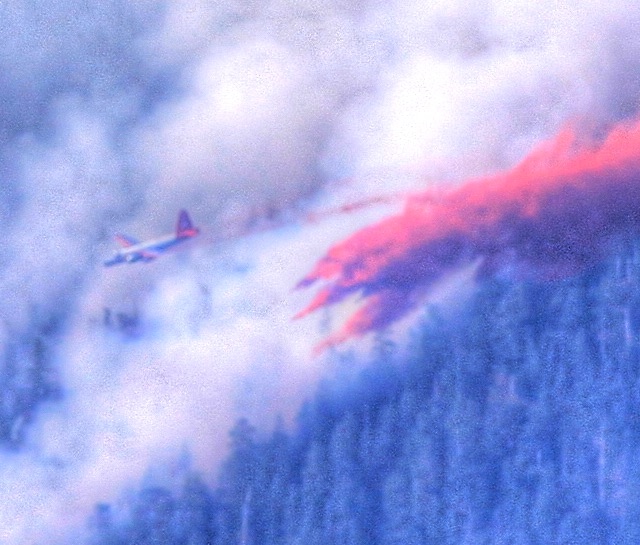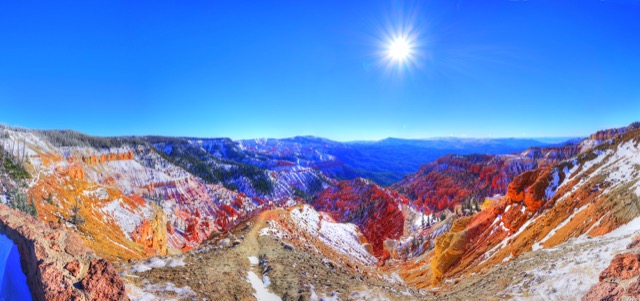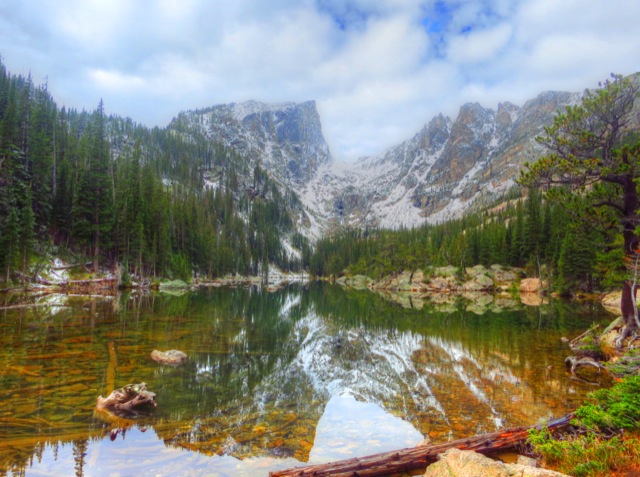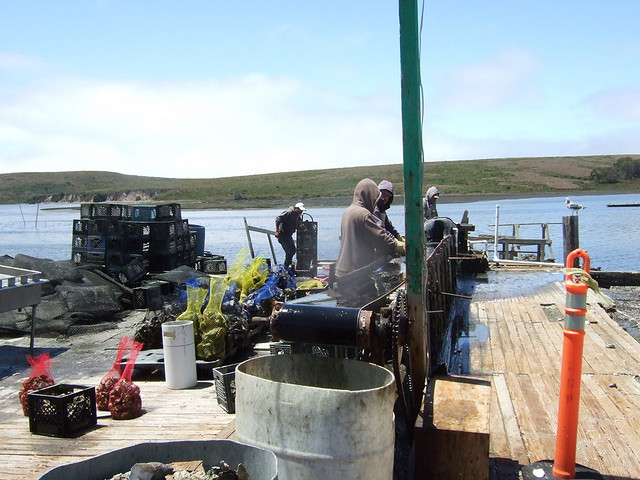There are no good guys to cheer for in the militia takeover of an Oregon federal office building on January 2. The ostensible issue is the re-sentencing of two Oregon ranchers–Dwight Hammond and son Steven Hammond–for arson, while the underlying issue is federal land ownership of much of the West.
The arson fires lit by the Hammonds in 2001 and 2006 may have actually represented sensible land management, but the Hammonds lost the high ground by their failure to coordinate with the government agency managing the land they burned. Prescribed fire is a tool used to improve wildlife habitat, increase land productivity, and control wildfire. The 2001 fire aimed at improving productivity, but the government says the ranchers didn’t bother informing the Bureau of Land Management (BLM) they planned to burn until two hours after they lit the fire. While they lit the fire on their own land, it escaped and burned 139 acres of federal land, but that fire probably did not do serious damage to the grassland and they put the fire out themselves.
The 2006 fire was more questionable. A wildfire was burning on BLM land near the Hammond’s ranch, so to defend their land they lit a backfire on their own land. That would be standard procedure except, again, they didn’t tell anyone and when their fire crossed over onto federal land it endangered firefighters who the Hammonds apparently knew were located between the wildfire and their backfire. Due to severe fire hazards, the county had a no-burn rule which the Hammonds apparently violated, but this was hardly a terrorist act.











